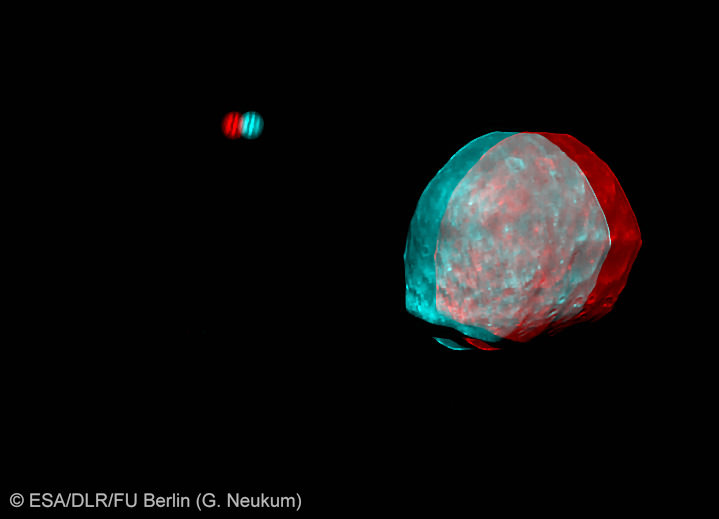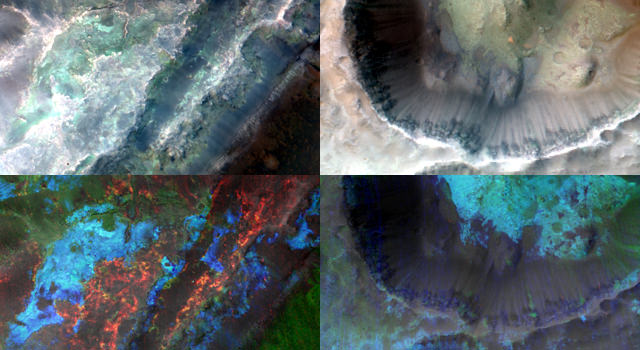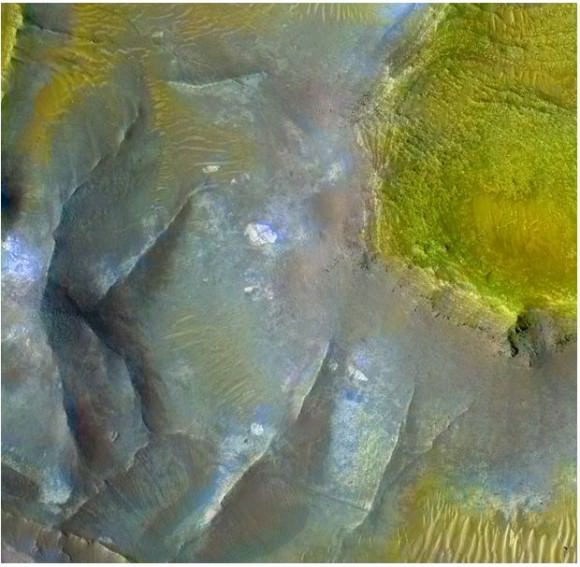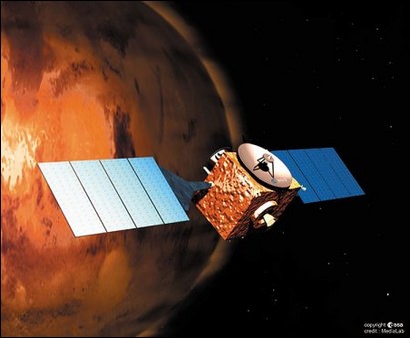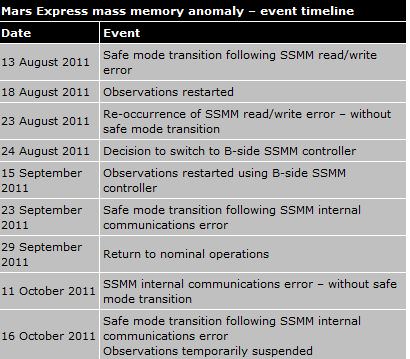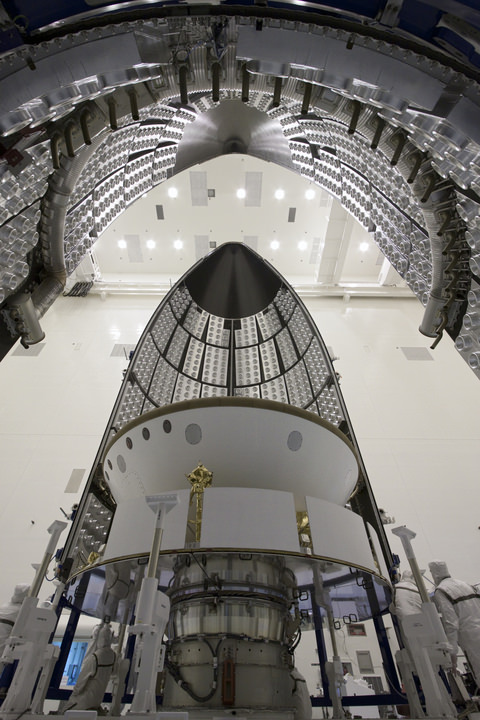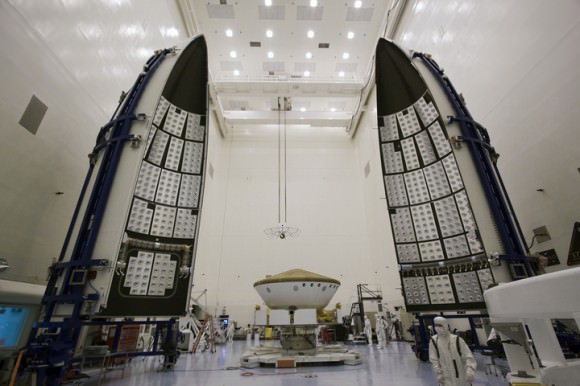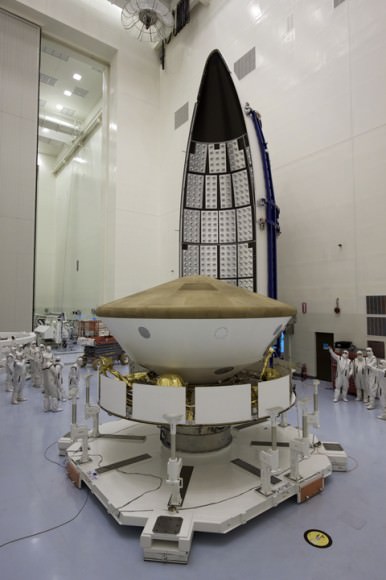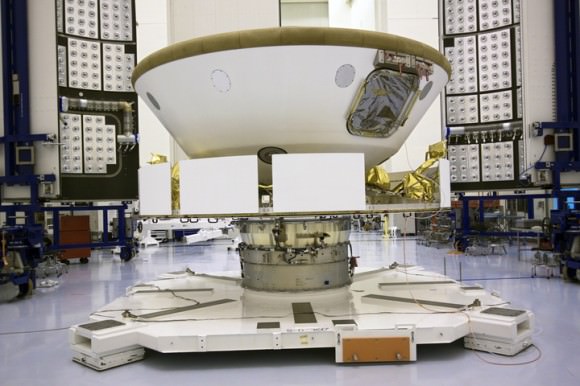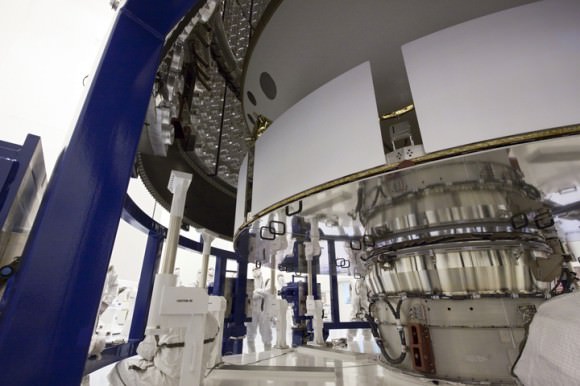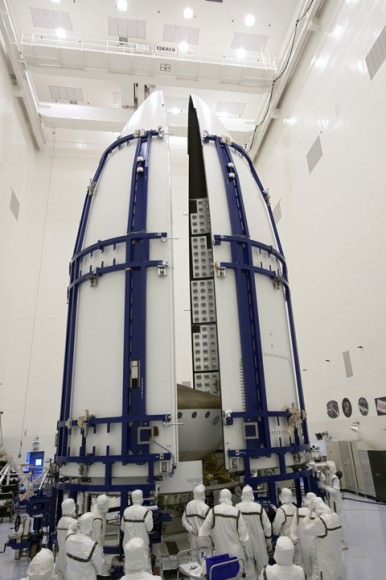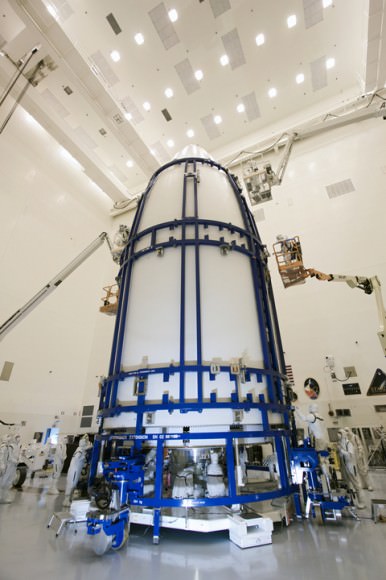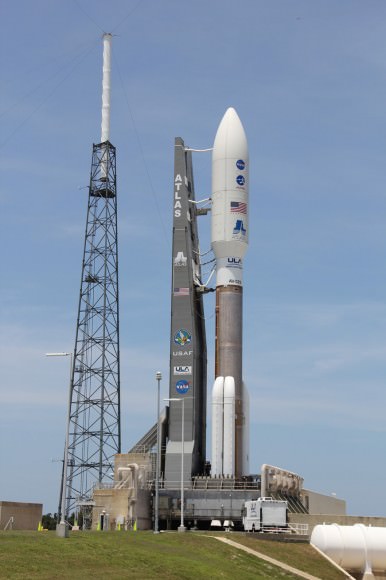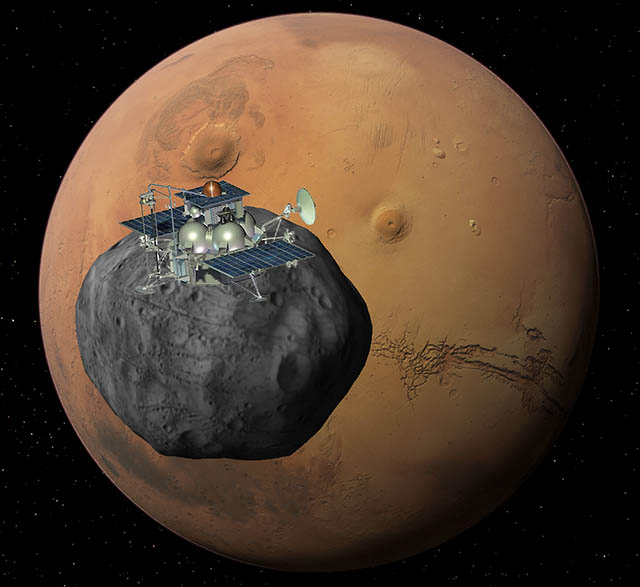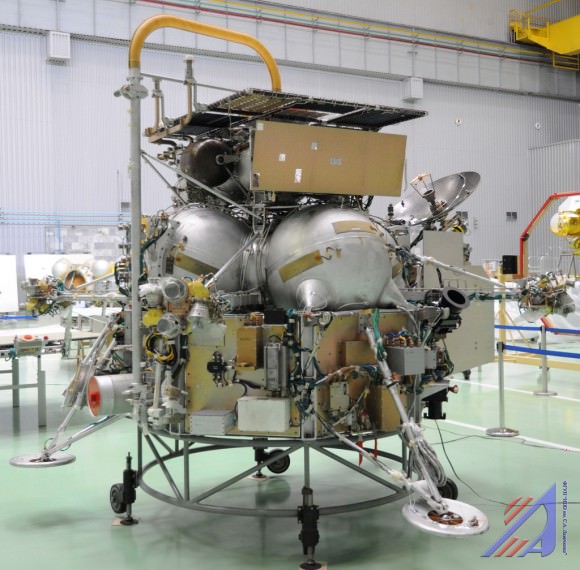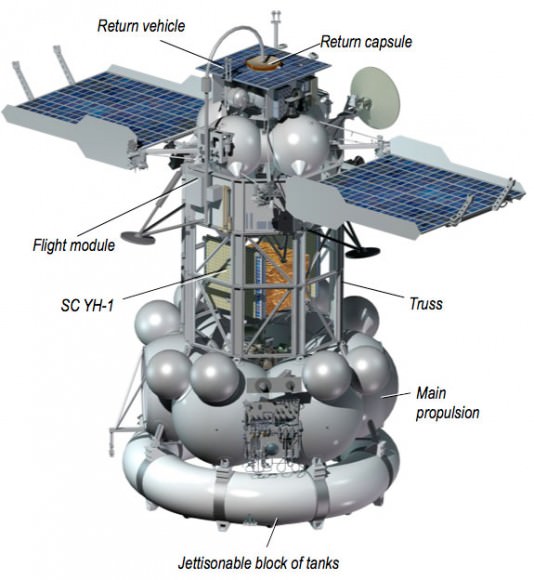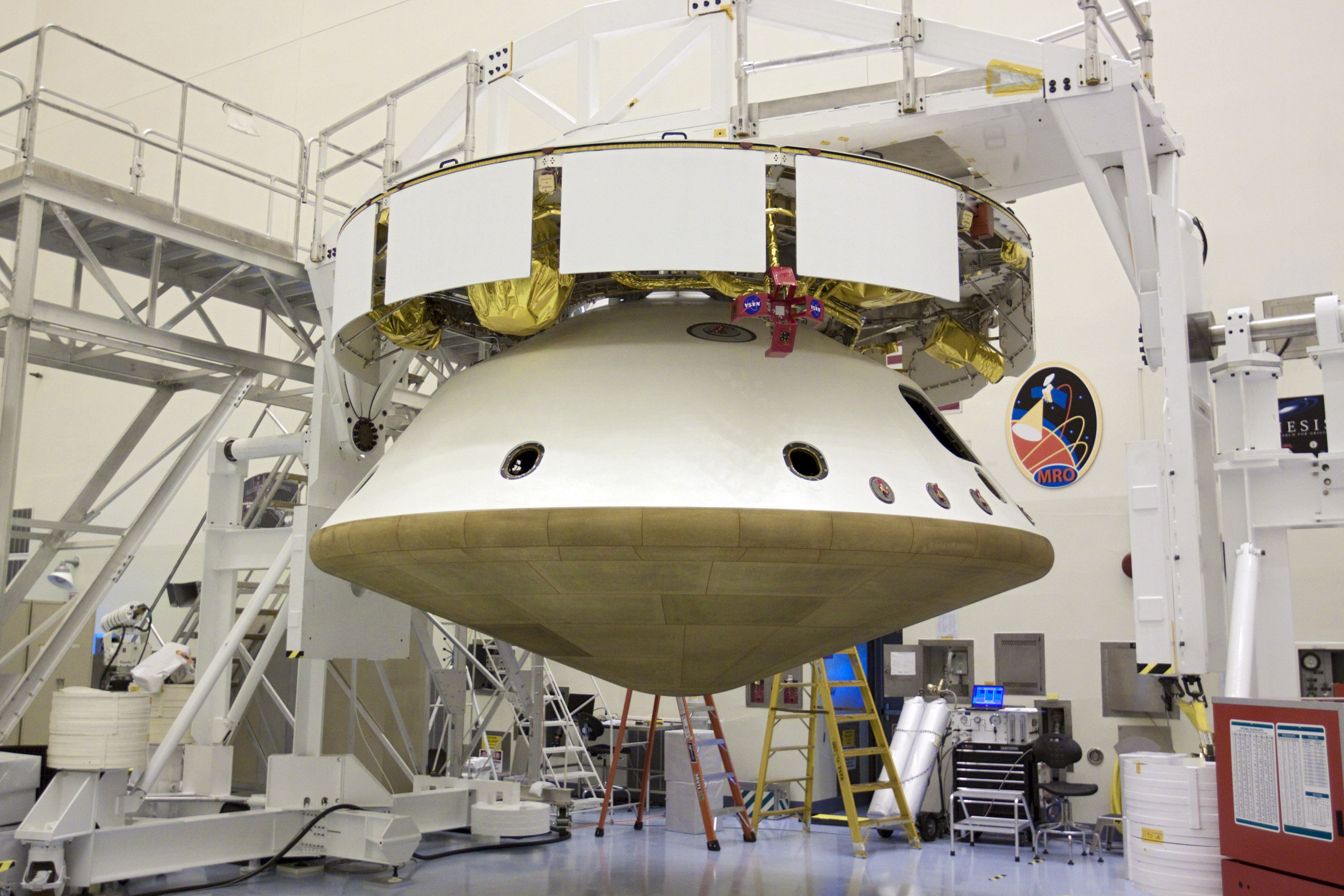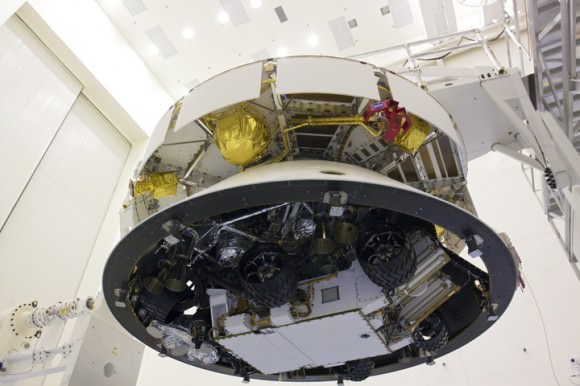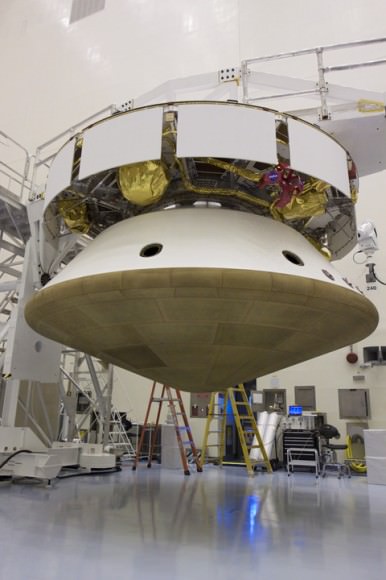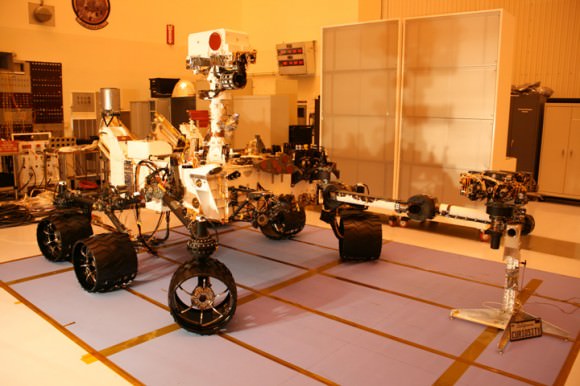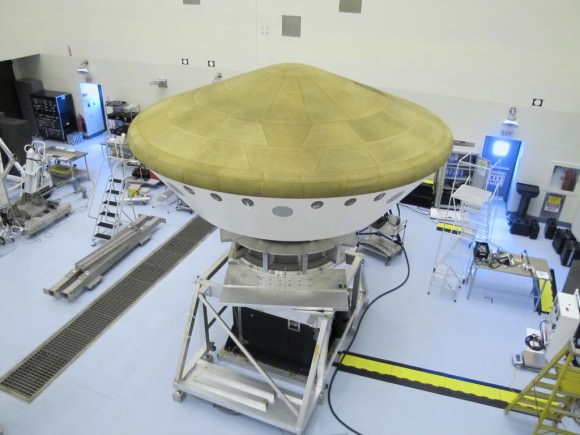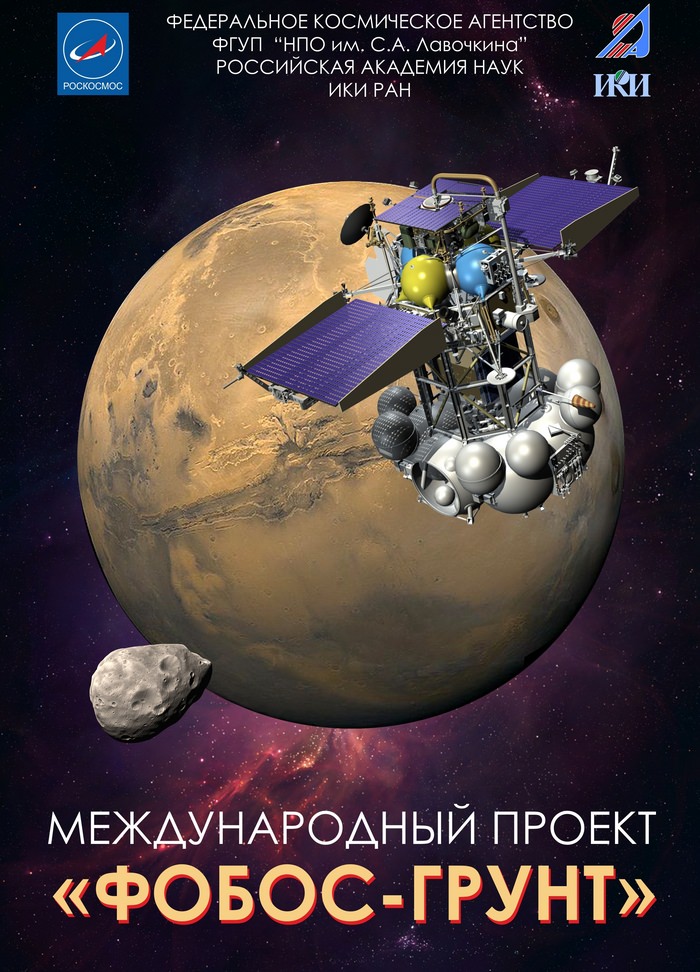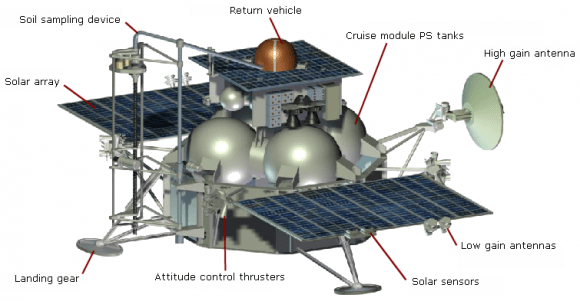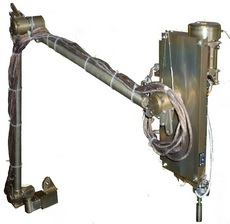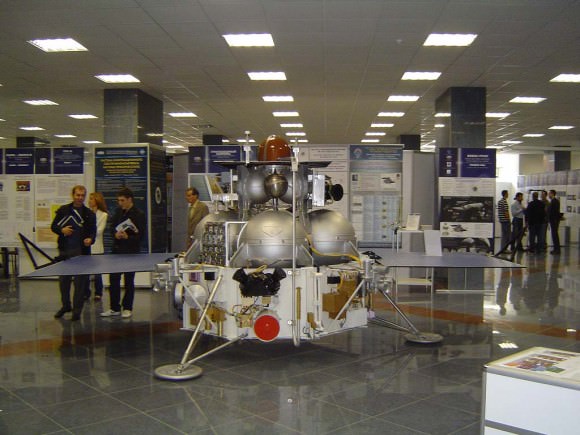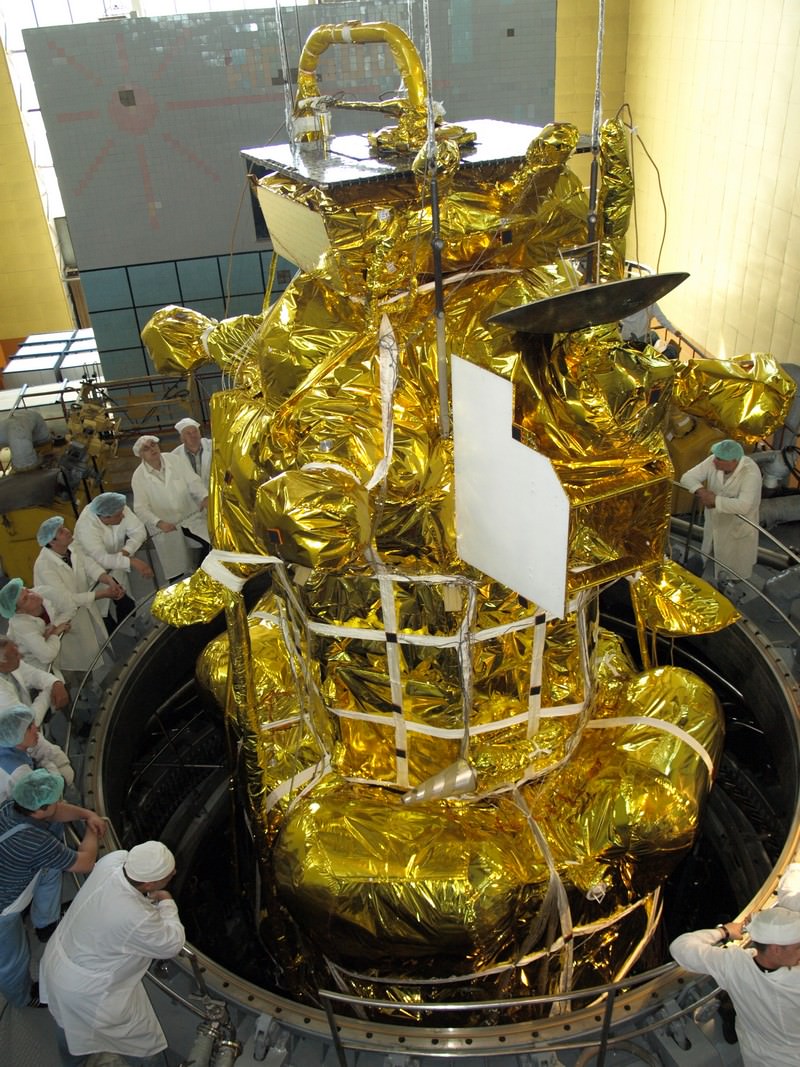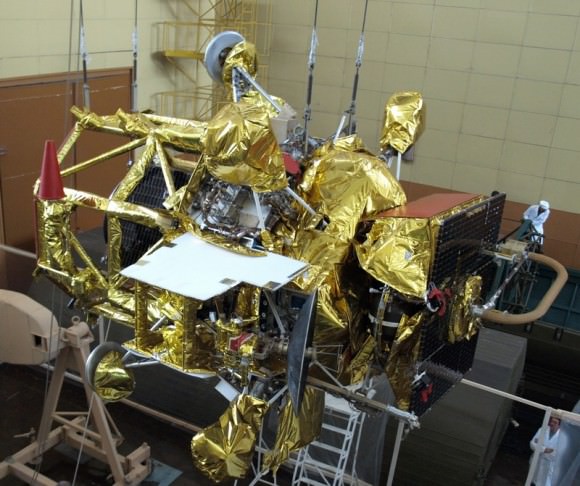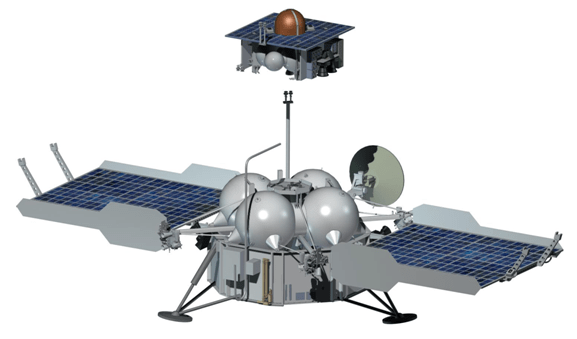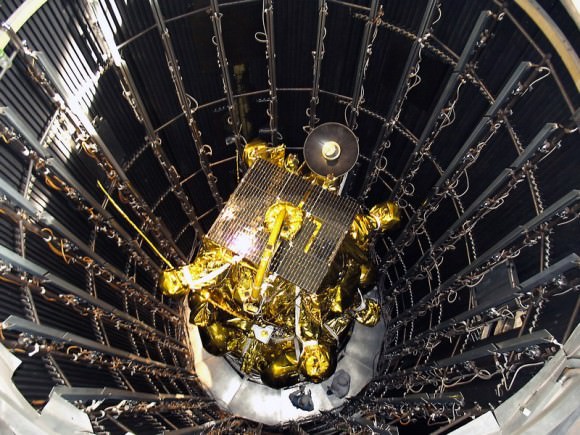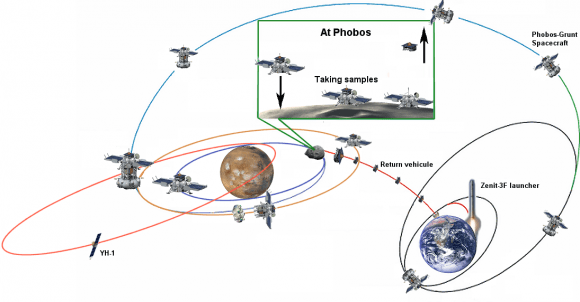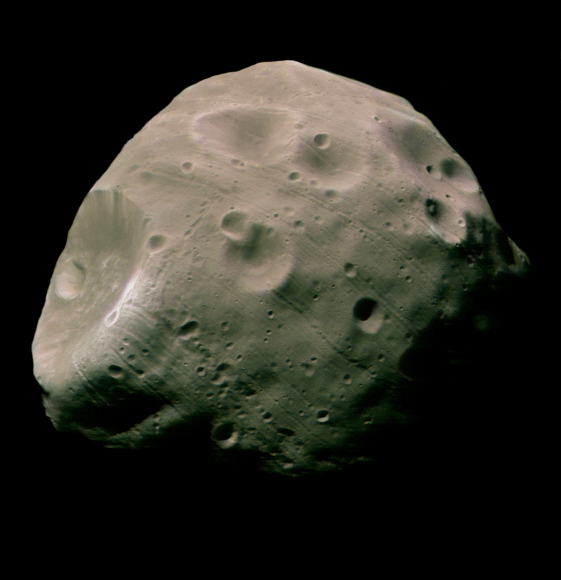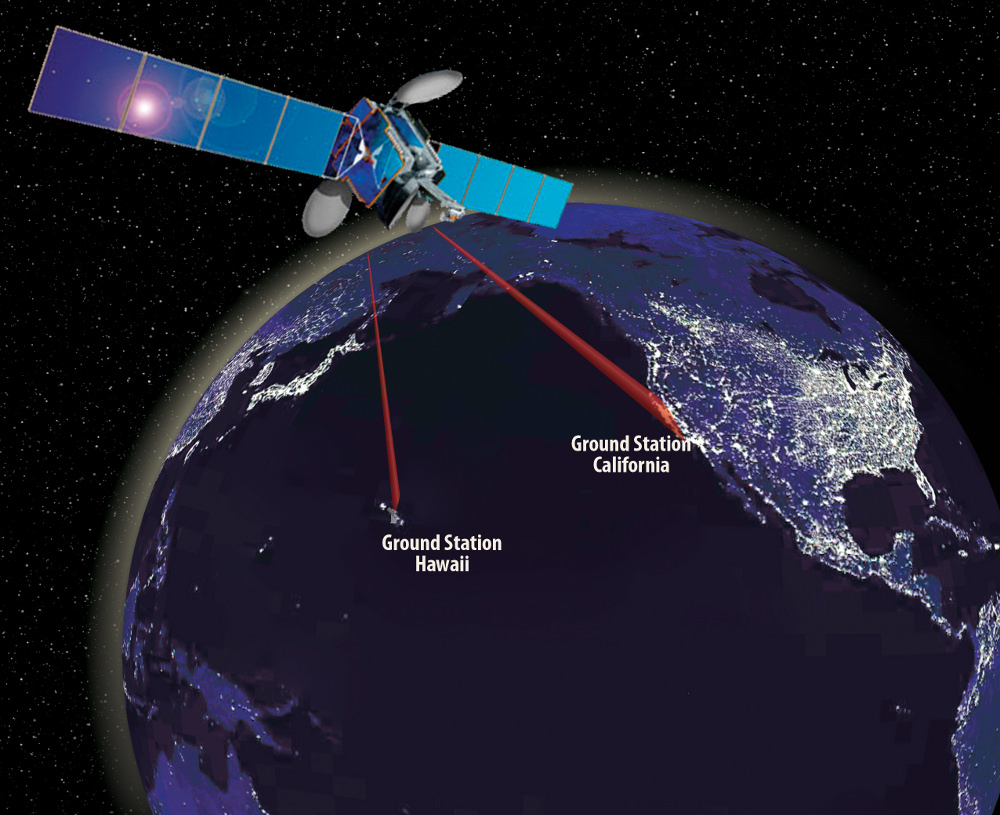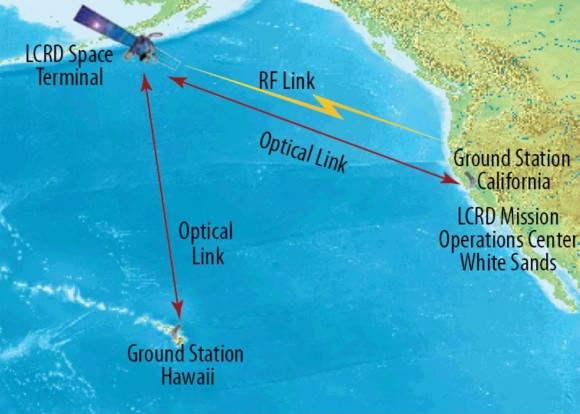Video Caption: Phobos and Jupiter in Conjunction – taken from Mars orbit !
A movie of the 1 June 2011 Phobos–Jupiter conjunction made by combining a sequence of 100 images of the encounter taken by the High Resolution Stereo Camera on ESA’s Mars Express orbiter. Mars Express is searching for safe landing zones on Phobos for Russia’s Phobos-Grunt lander blasting off on November 9. Credits: ESA/DLR/FU Berlin (G. Neukum)
3 D images of Phobos-Jupiter conjuction below
Update – Phobos-Grunt launch processing photo below
In just 7 days, Russia’s Phobos-Grunt sample return mission will blast off for Mars on November 9 on a daring mission to grab soil samples from the surface of the miniscule martian moon Phobos and return them back to Earth for analysis to give us breathtaking new insights into the formation and evolution of Mars, Phobos and our Solar System.
So, check out the amazing animation and 3 D stereo images of fish-like Phobos and banded Jupiter snapped by Europe’s Mars Express orbiter to get a bird’s eye feel for the battered terrain, inherent risks and outright beauty that’s in store for the Phobos -Grunt spaceship when it arrives in the Red Planet’s vicinity around October 2012. Whip out your red-cyan 3 D glasses – Now !
[/caption]
ESA’s Mars Express orbiter (MEX) was tasked to help Russia locate suitable and safe landing sites on Phobos’ pockmarked terrain. MEX was built by ESA, the European Space Agency and has been in Mars orbit since 2003.
To capture this impressive series of rare photos of Jupiter and Phobos in conjunction, Mars Express performed a special maneuver to observe an unusual alignment of Jupiter and Phobos on 1 June 2011.
Mars Express High Resolution Stereo Camera (HRSC) snapped a total of 104 images over 68 seconds when the distance from the spacecraft to Phobos was 11,389 km and the distance to Jupiter was 529 million km.
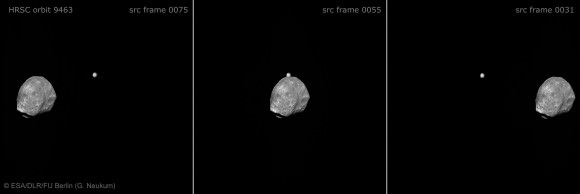
Enjoy the exquisite views of the bands of Jupiter and imagine exploring the deep pockets and mysterious grooves on Phobos – which may be a captured asteroid.
The camera was kept fixed on Jupiter, to ensure it remained static as Phobos passed in front and which afforded an improvement in our knowledge of the orbital position of Phobos.
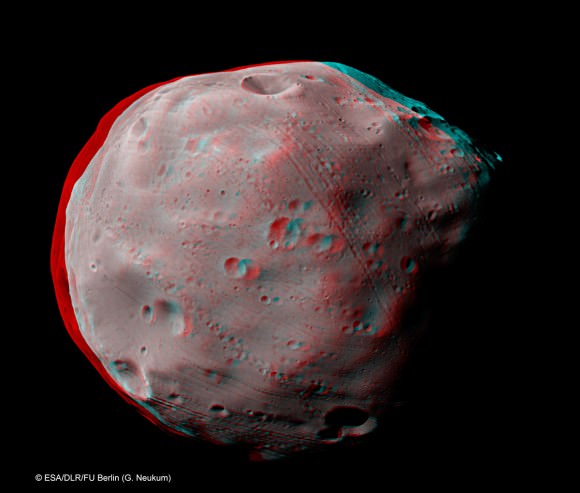
NASA’s twin Mars rovers Spirit and Opportunity have also occasionally photographed both of Mars’ moons to further refine their orbital parameters.
NASA’s Curiosity rover remains on track to liftoff for Mars on Nov. 25
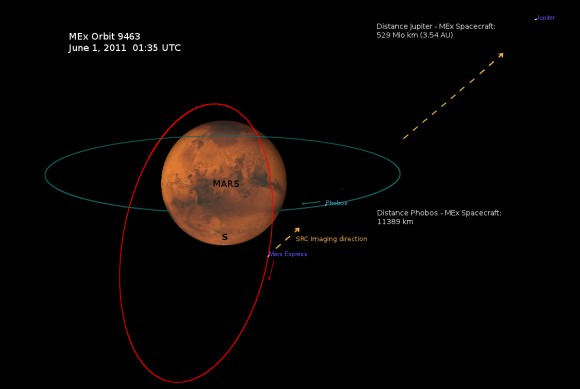
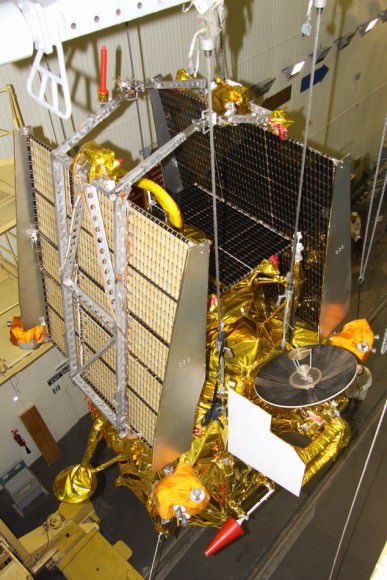
Read Ken’s continuing features about Phobos-Grunt here:
Russia Fuels Phobos-Grunt and sets Mars Launch for November 9
Phobos-Grunt and Yinghou-1 Arrive at Baikonur Launch Site to tight Mars Deadline
Phobos-Grunt: The Mission Poster
Daring Russian Sample Return mission to Martian Moon Phobos aims for November Liftoff

